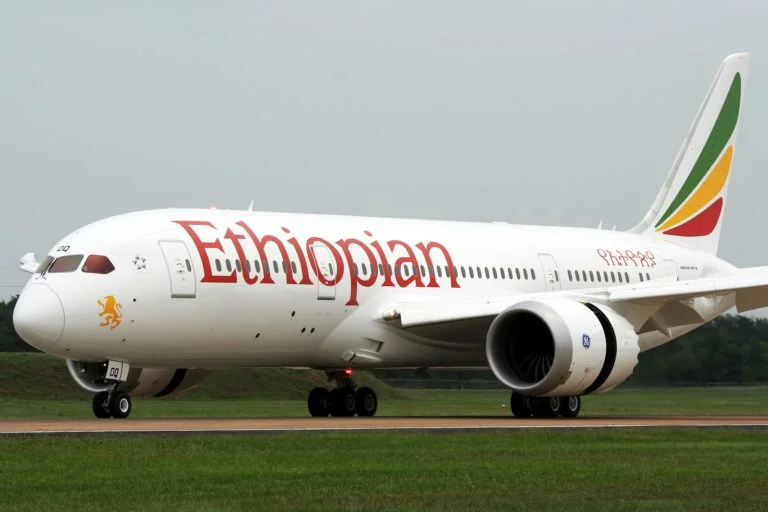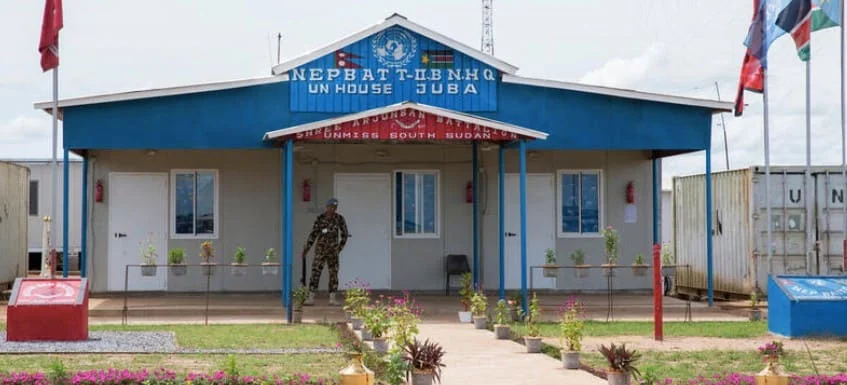The Ethiopian Airlines is preparing to make a significant fleet investment by ordering over 20 regional or small narrowbody jets as part of a major domestic and regional expansion initiative.
According to company leadership, the airline, widely recognized as Africa’s largest and most efficient carrier, is in the process of evaluating three aircraft models to modernize its short-haul fleet.
The shortlisted options include:
-
The Embraer E2 family from Brazil,
-
The Airbus A220, and
-
The Boeing 737 MAX 7.
Each of these aircraft brings different advantages. While the E2 and A220 are highly efficient for regional routes, the 737 MAX 7 offers greater capacity, positioning it as a versatile option for both domestic and medium-range international operations.
“We are in the process of selecting the best aircraft that suits our network and operational needs. The total number we’ll order will depend on the type we finally choose,” said CEO Mesfin Tasew Bekele.
Managing Surging Demand Amid Delivery Delays
Ethiopian Airlines has experienced rapid growth in passenger demand, especially on domestic routes.
However, the airline’s expansion has faced hurdles due to delayed aircraft deliveries and a global shortage of aircraft engines, impacting operational capacity.
Aircraft from both Airbus and Boeing have seen months-long delays due to supply chain constraints.
Some deliveries that were expected earlier in the year have been postponed by up to six months or longer.
To maintain service levels and reduce pressure on existing aircraft, the airline is also exploring leasing additional planes on a short-term basis.
Grounded Aircraft Due to Engine Shortages
The global aviation sector continues to battle engine repair and supply bottlenecks, and Ethiopian Airlines has not been spared.
Three Boeing 787 Dreamliners remain grounded due to a shortage of Rolls-Royce Trent 1000 engines.
Five regional turboprops are also out of operation due to limited availability of Pratt & Whitney engines used in Dash 8 aircraft.
According to Bekele, what used to be a three-month engine repair turnaround is now taking up to six months or more.
This has disrupted schedules and affected fleet availability, particularly during peak travel periods.
Strategic Investment for Long-Term Growth
Ethiopian Airlines operates a mixed fleet of over 140 aircraft, serving destinations across Africa, Asia, Europe, and North America.
The airline has become a symbol of reliability on the continent and plays a pivotal role in linking African cities through its hub in Addis Ababa.
This new jet order is seen as a strategic move to enhance regional reach, improve fuel efficiency, and replace older aircraft that are less economical to operate.
By adding smaller jets with modern features, Ethiopian aims to optimize capacity on less dense routes and strengthen its position in emerging African markets.
Looking Ahead
As the global aviation industry continues to stabilize post-pandemic, Ethiopian Airlines is positioning itself for sustained growth, despite ongoing supply chain issues.
Its focus on fleet renewal, investment in maintenance infrastructure, and flexible expansion plans underscores its commitment to remaining Africa’s aviation leader.
The final selection and confirmation of the aircraft order is expected within the next few months, marking a key milestone in the airline’s growth strategy for 2025 and beyond.























